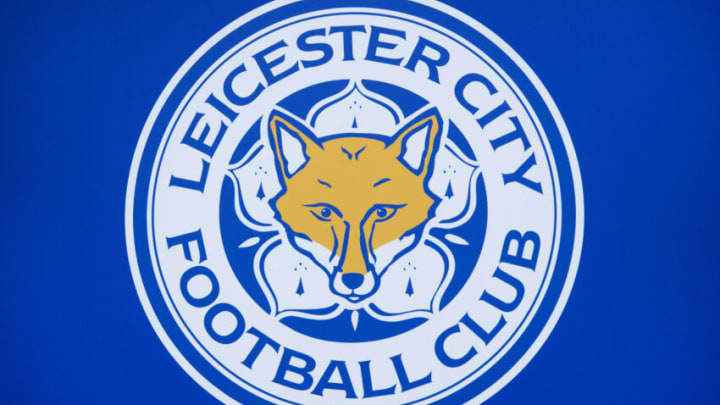
In the summer of 2022, Fofana was courted by Chelsea, and they began negotiations with Leicester for a move. The Foxes neither wanted nor needed to sell, and – just like with Maguire – named their price and refused to accept Chelsea’s attempts of getting a cheaper deal.
Chelsea were adamant not to break the bank for the centre back, but Leicester’s stance was resilient and soon enough the Blues has spent over £70m to secure his services. City’s response? They stuck to their model, signing Wout Faes for only £15m, another outstanding defender who has been consistently solid for his new club.
£450m is only the beginning at Leicester City
These are only seven deals in the recent history of the club but, combined, have earned Leicester over £335.61m. Those seven, by the way, only cost the Foxes £53.55m in transfer fees. If you then add up the rest of the deals the club has made since 2000, you get an earning of £449.71m.
This money has recently helped the club complete a state of the art £100m training facility in Seagrave, as well as the proposed stadium expansion in the coming years which features a new music venue, offices, and a fan megastore.
And it’s unlikely this cash growth is likely to cease anytime soon. With a squad packed full of talent from Harvey Barnes to James Maddison, to Wilfred Ndidi, if they are to part with their talent, you can be sure it will be on Leicester’s terms and they’ll milk every pound they can get. Who knows, by 2040 the club could reach £1b in money earnt from outgoing players.
That sum seems ludicrous, but since the 2015/16 season, the club has earned over £400m in player sales. That’s £400m in eight years. When you look at it like that, and if prices keep rising, then £1b looks very doable. Rivals take note, this is how you run a successful football club.
